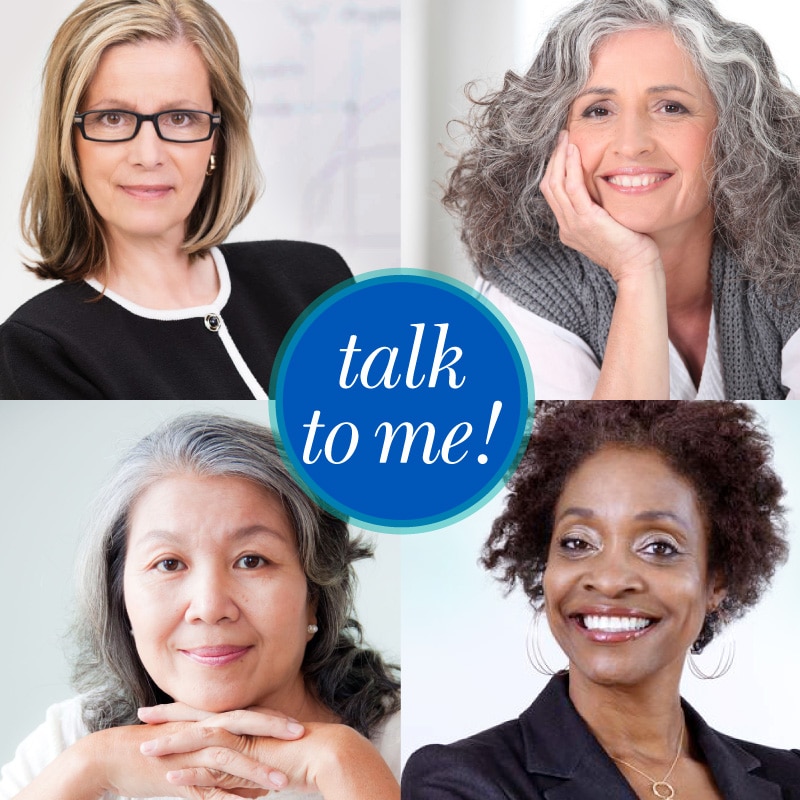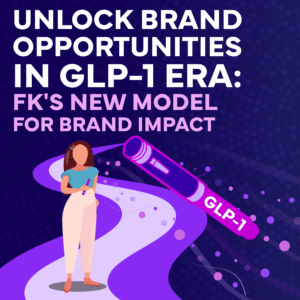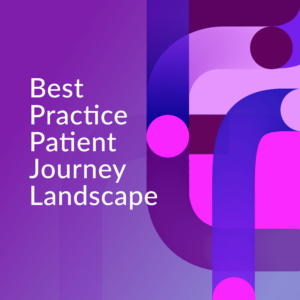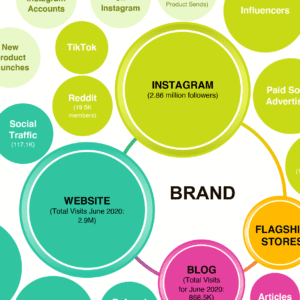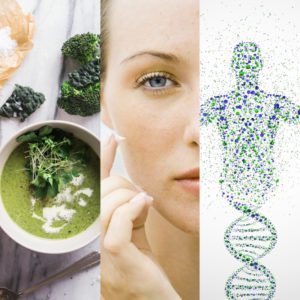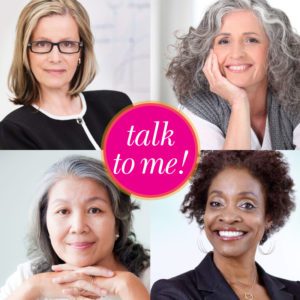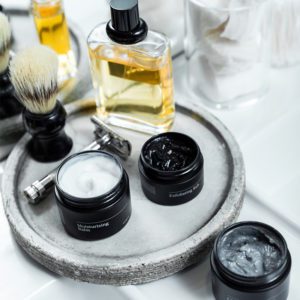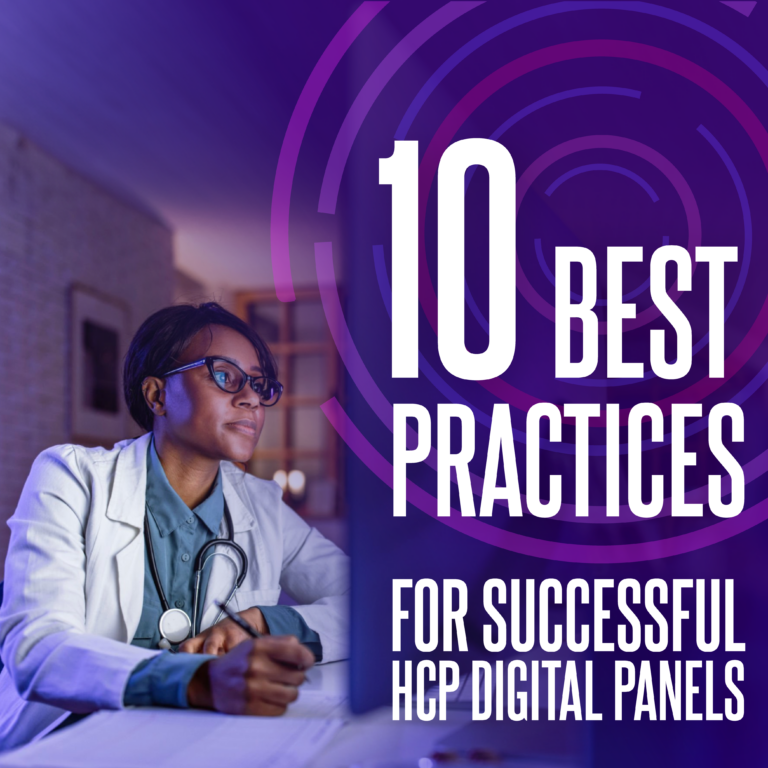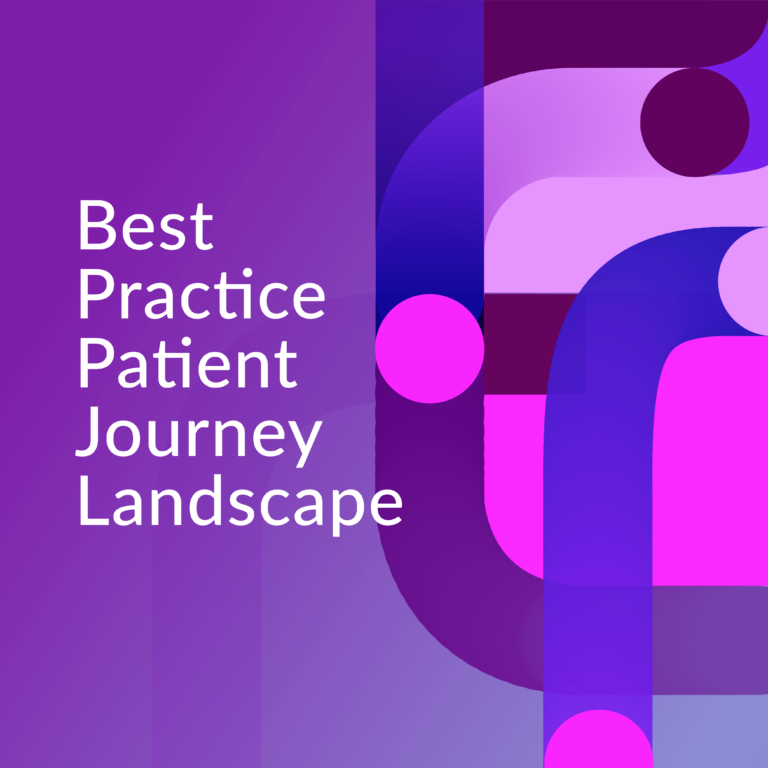Continuing with Part 3 of our “Talk To Me!” series focusing on women 50+, we expose the extreme stereotype trap marketers fall into as they target the 50+ woman.
Talk about extremes. When it comes to a visual vocabulary for older women, here’s what we see: the silver-haired senior on a sofa or a cruise ship on the one hand, and an iconic shot of a 60 year old in a bikini on the other. That’s basically it! The dowdy grandma who is completely defined by her chronological age versus the sexy 60-something movie star or marathoner who defies it.
But what about all of the other women over 50 who don’t fit either of these extremes?
For all of those who rage against age, or give up and give in, there are many more who quietly grow to accept and embrace a profound sense of contentment based on who they really are, and how they really feel. With few exceptions, brands are marketing to over-50 stereotypes, not real women over 50. And those real women are who marketers risk alienating altogether when they continue to market to extremes.
Most women don’t want to be 25, but they don’t want to check out either. They want to stay sharp, mentally and physically, and be the best that they can be. Like Karen, a 54-year-old Californian, who told us, “It’s good to have maturity and still be sensual and sexy. My mother’s generation was not like that.”
Many women 50+ are accepting that they lose some control over their appearance, but gain in wisdom as they get older. They achieve peace with the aging process, while relishing the confidence that comes with finally settling into who they really are. They enjoy celebrating their individuality — to finally being able to live up to their true selves, not to imposed stereotypes.
As this vast majority continues to grow, evolve and look forward to living longer than any previous generation, we see a missed opportunity for marketers to tap into the evolving attitudes that they embrace: a quest for authenticity; a focus on integrating the inner, spiritual self with the true self; a desire for independence by breaking out of societal conventions; and an insatiable desire to grow and continue to fulfill her own potential.
We believe that if marketers can figure out how to talk to these optimistic, yet grounded-in-reality women, connect with their evolving mindsets and emotions and create the right visual vocabulary and visual semiotics to represent them, it will resonate on a deep and profound level.
Some brands do get it.
Olay voices a philosophy with a holistic, realistic view on beauty and skin: “Our skin bears testament to all the living we do – where we live, how we live, where we’ve been, where we cut corners, where we take care of ourselves”. L’Oreal, of course, brought us Diane Keaton and Helen Mirren as spokeswomen.
One 64-year-old we interviewed remembers the debut of the Dove Real Women campaign years later: “Dove spoke to me in the right way, with older women, real women. They get it. They understand me. They care enough to understand what I’m going through.” The campaign clearly resonated and stuck with her.
Results from a survey taken by Ben Barry, founding director of the Fashion Diversity Lab at Ryerson University, Canada, found that women are 200 percent more likely to buy a product when they see it advertised by someone who reflects their age, and 65 percent less likely when they didn’t. We believe that marketers need to start taking that to heart. “Brands are targeted to a different generation, which makes me feel irrelevant,” a 60-year-old New Yorker told us. “No one is really talking to women in their 60s on any level. I want them to talk to me.”
At Next Avenue, a popular site that features a compelling swell of voices from journalists over 50, calls itself the place “where grownups keep growing.” The conversation centers around this: “Those of us over the age of 50 are expected to live longer than any previous generation…We’re in the process of creating a new life stage that lies somewhere between young adulthood and ‘old-old’ adulthood.”
While marketers may increasingly acknowledge the spending power and opportunity that exists among women 50+, it’s time to talk to them — in a strategic way that acknowledges an aspirational reality, not unrealistic extremes. “Brands need to talk to me and connect to my feelings,” a 58-year-old New Yorker told us. “I want them to walk right into my head and be empathetic. If you understand me at this point in my life, I’ll be right there with my credit card.”
Interested in learning more about the Women 50+ market? Check out:
Part 1 – “I’m Not My Mother’s 50”
Part 2 – “Get Real: The 50s and 60s Are Not The Same”
To receive regular insights on brand strategy and innovation please sign up for our newsletter or connect with us on LinkedIn.
